Title: Riverbed, Artist: Sarah Hanson, Scientists: Dr. David Civitello and Dr. Kelsey Shaw
By Miranda J. McDaniel, Molecular and Systems Pharmacology, ‘14
Edited by Amielle Moreno, Neuroscience ‘12
Lobby of Atwood lined with artwork as part of the Science.Art.Wonder exhibit.
“All religions, arts and sciences are branches of the same tree. All these aspirations are directed toward ennobling man’s life, lifting it from the sphere of mere physical existence and leading the individual towards freedom.” These words, penned by Albert Einstein in 1937, assert the idea that science and art are intertwined and enlightening. The value of science and art was highlighted by the Atlanta Science Festival through the installment of Science.Art.Wonder, a walking tour exhibit on Emory’s campus, featuring artwork from local artists portraying the amazing work of our scientific community. The program provides an alternative platform for the public to become familiar with complex scientific concepts, and to capture the attention of a diverse population of individuals. Science.Art.Wonder promotes enthusiasm, community, and curiosity. “I think this event is important to show individuals they don’t have to give up on their interests,” says Pamela Romera, Executive Director of Science.Art.Wonder. “I grew up as an artist, and when I decided I wanted to become a neuroscientist, I was told I would either become a bad scientist or give up being an artist. I created Science.Art.Wonder (SAW) to prove people wrong, and for other art-science enthusiasts like me to prove others in their life wrong too.”
Yibo Zhao and her piece “Brain Mushroom” inspired by the research of Madeleine Cohen.
Natalie Mueller shows off her artwork based on neuroscience research from the Dyer lab.
Born from interdisciplinary collaborations, exquisitely-crafted art pieces lined laboratory-adjacent hallways and spilled out into the sunny courtyard. Talented artists were paired with motivated scientists to create visual arts based on the details of the scientist’s research. Research projects ranging from the neuroscientific basis for intelligence to the specific body regions of the Megachile mendica bee were represented through various art media from doodle to digital. The use of visual arts as a tool to share scientific ideas introduces an interesting perspective for the representation of diverse research themes. Stepping away from equations and numbers and toward paintings and graphics might demonstrate otherwise complex scientific concepts in a way that is more accessible, understandable, and interesting to a wider audience.
Julia Byrne explains her artistic designs inspired by the infographics used in the Brosi Lab.
The collaborations were an exciting and inspiring challenge to both scientists and artists. “It’s been an interesting partnership,” says Molly Hopper, a Postdoctoral Research Fellow at the Georgia Institute of Technology. Her mass spectrometry research in the Fernandez lab was captured by E.D. Thompson, a freshman at Georgia Tech. The Science.Ar t.Wonder pairing challenged Molly to explain her research to someone with limited scientific background with the goal of being understood and translated into art. She also commented on the additional dynamic of working with someone who was just beginning her academic career.
From an artist’s perspective, the collaboration was equally as rewarding. “I’ve always believed that there’s an overlap between science and art,” says Natalie Mueller, a computer science student at the Georgia Institute of Technology. She used digital media and embroidery to demonstrate the neuroscience research being conducted in the lab of Dr. Eva Dyer at Georgia Tech. Natalie explained that her art pieces represent the exploration into what aspects of the human brain make us intelligent. When speaking about science and art, Natalie says, “They’re not two separate things. They’re very much integrated. That was my inspiration to get involved.”
By randomly dispersing powdered toner across paper, Aaron Artrip uses sound waves from speakers to create art.
Natalie’s positive words about the experience were echoed by Julia Byrne, a creative writing and interdisciplinary studies major at Emory. “I really like art and I think it has a place in science, especially at such a science-focused school,” says Julia. “Integration is really important.” Julia explained her artwork was focused on insects and the plants they pollinate, based on the research of the Brosi Lab at Emory. She drew inspiration from the infographics that the researchers used in their reports.
While many of the featured artists used science concepts as inspiration for their pieces, some of the artists used them as tools to create their pieces. Aaron Artrip, a graduate student at Georgia State University, created artwork from the vibrations generated by an audio speaker. He attaches a piece of paper treated with a powdered toner to the top of a speaker and, as sound passes through the speaker, the toner becomes dispersed in unpredictable ways. He then uses the toner-stained paper as a composition tool for drawings, animations, and even musical scores. “The drawings after the fact become more of an artifact that can exist in any format,” says Aaron, explaining that the process of creation became more impactful than the product.
Title: SEE
Artist: Veronica Paltaratskaya
Scientist: Erica Landis
At the intersection of creativity and curiosity, artist and scientist participants in the Science.Art.Wonder program had the unique opportunity to experience cross-discipline collaboration. “SAW seeks to promote scientific knowledge to the public while also sparking scientific inquiry and innovation in Emory’s students and faculty,” says Pamela. “SAW is a unique example of the importance of the visual arts at Emory because it advocates for the visual arts into further scientific inquiry.” This event reminds us that, whether you prefer a pipette or a paintbrush, there is undeniable chemistry between science and art.

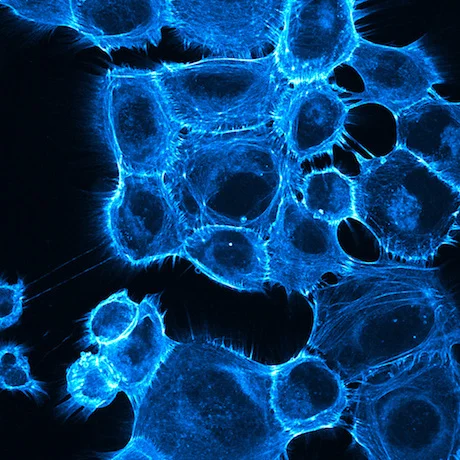
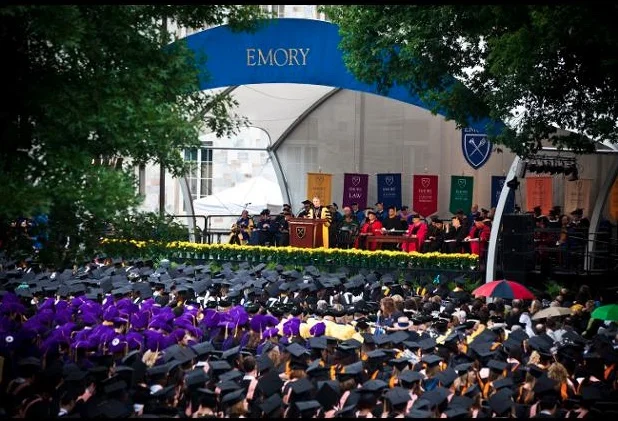





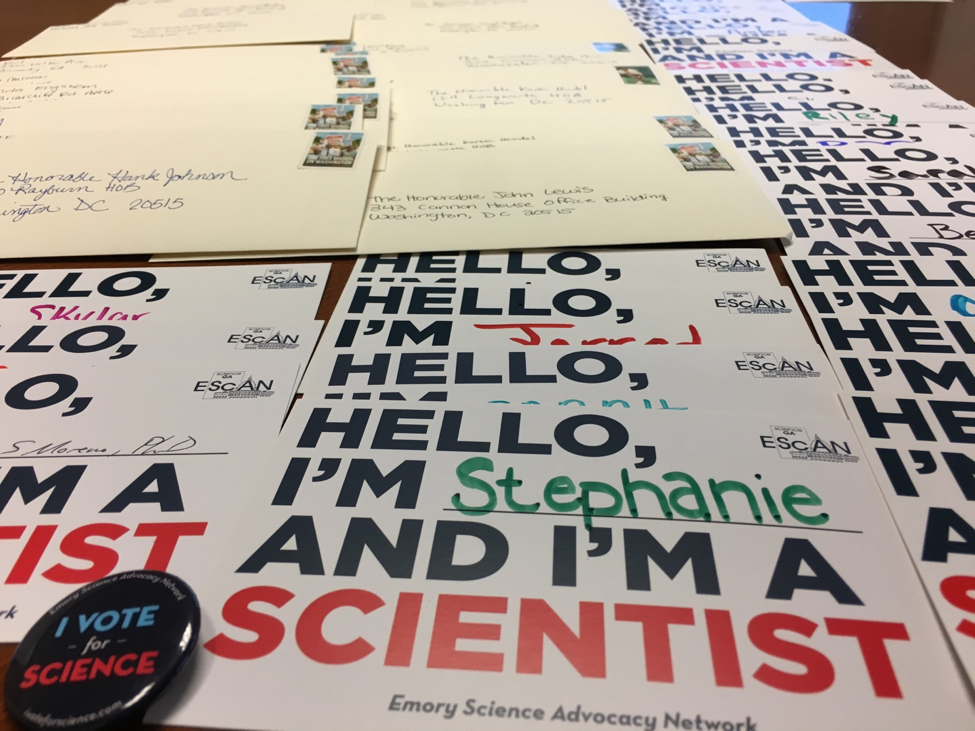



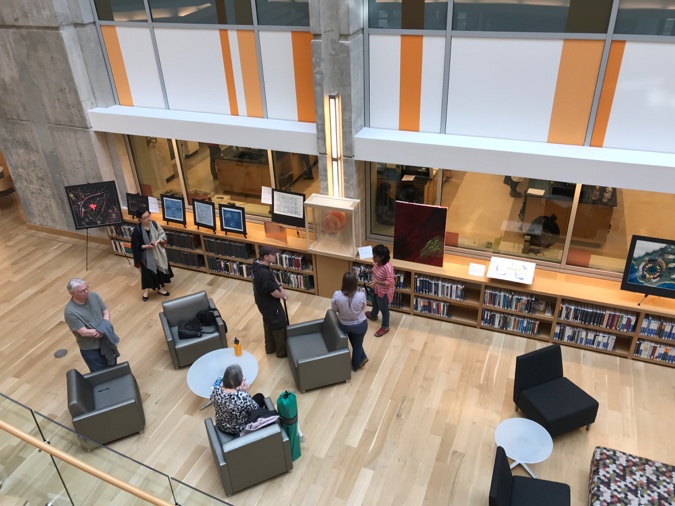

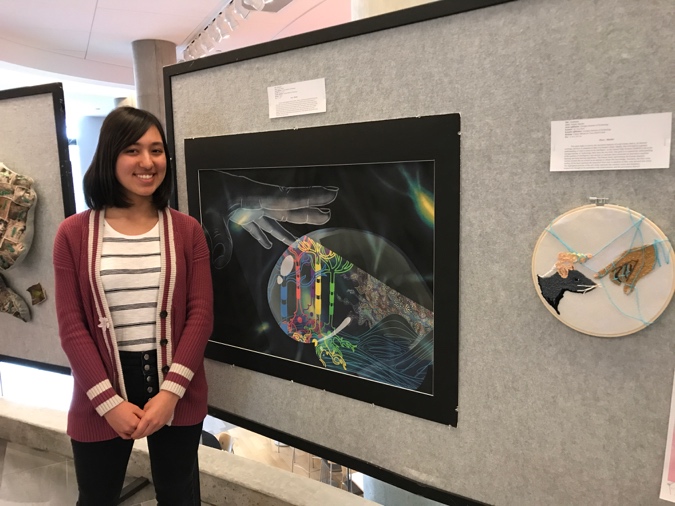

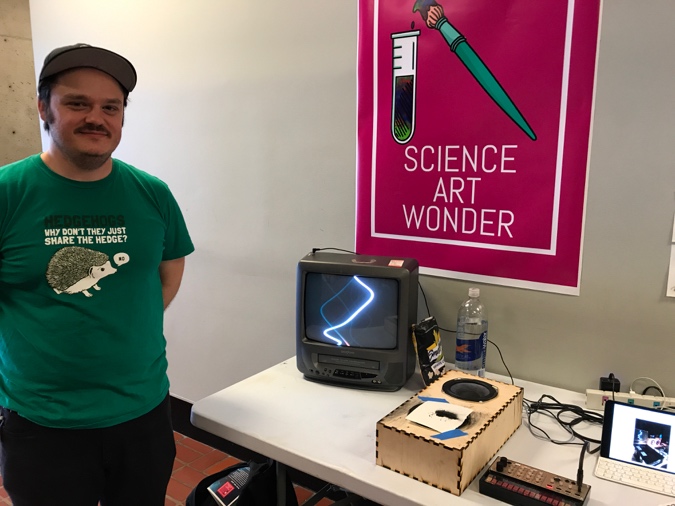

I’d like to tell you my story about how I found myself on a project dedicated to helping families who have a child diagnosed with 3q29 deletion.